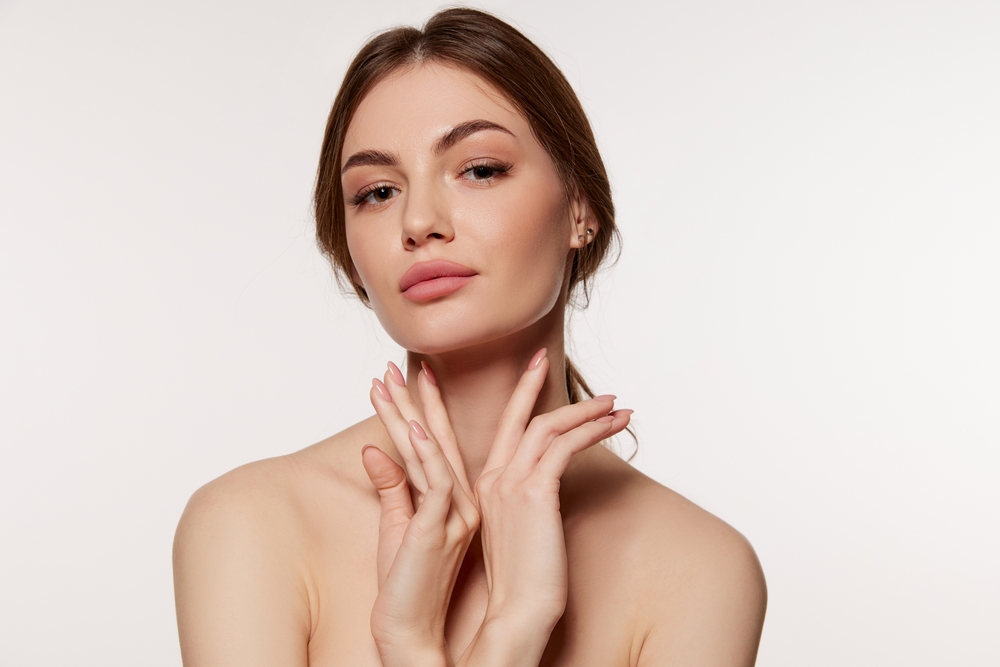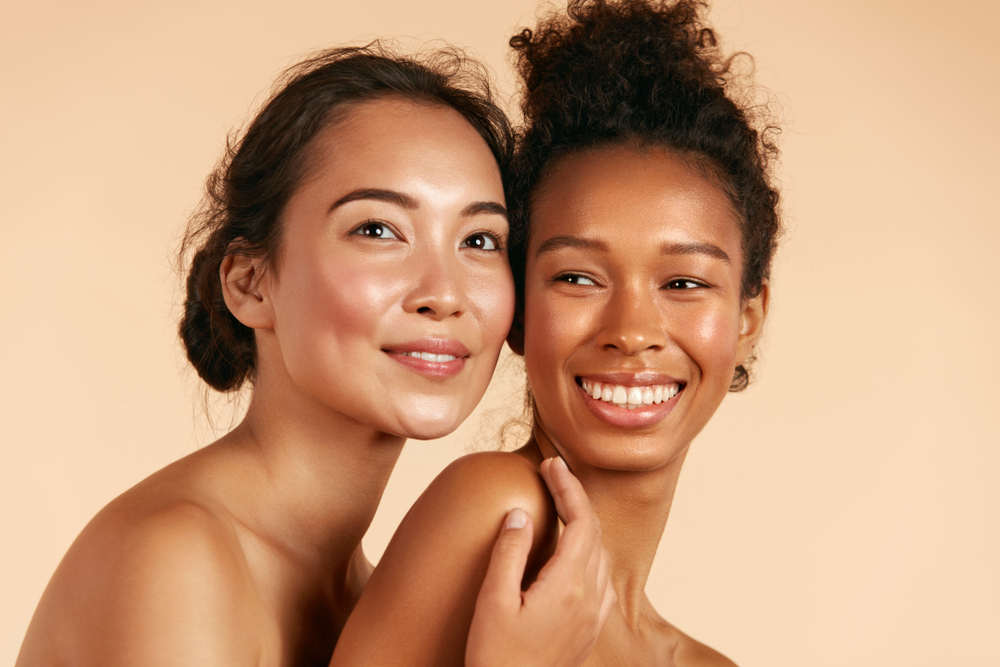As people look for products that reflect their values and prefer safer, more ecologically friendly solutions, the cosmetics business has seen a tremendous transition recently. This has sparked a trend that is dramatically changing the beauty industry: clean and natural beauty products. This article investigates the idea of “clean beauty,” examines its recent rise in popularity, and talks about the elements behind this trend.
Defining Clean Beauty
A skincare and cosmetics philosophy known as “clean beauty” places an emphasis on using products made with non-toxic, secure, and ethically produced ingredients. The trend puts an emphasis on openness, sustainability, and little environmental impact, which appeals to customers who are concerned about both the health of the earth and what they put on their skin.

The Surge of Clean Beauty
There are a number of reasons for the quick uptake of clean beauty products, all of which show how consumer preferences and values are changing:
- Health Awareness: Consumers are now more aware of the potentially hazardous consequences of specific chemicals that are frequently present in traditional cosmetic products. They are therefore switching to clean beauty substitutes that do not contain substances like parabens, sulfates, phthalates, and synthetic perfumes.
- Transparency and information accessibility have been made possible in the digital era for customers. Due to their increased ability to scrutinize product labels and investigate substances, brands are now becoming more open about their formulations.
- Environmental Concerns: The beauty industry’s negative effects on the environment, from product sourcing to packaging waste, have led to a change in strategy towards more sustainable methods. Responsible sourcing and eco-friendly packaging are frequently given top priority by clean cosmetic firms.
- Personalized Approach: The clean beauty trend acknowledges the variety of skin types and tones, which has resulted in an explosion of products made to meet certain requirements. Customers who are looking for products that can be customized to their specific needs are drawn to this personalized approach.
- Influence of Social Media and Influencers: Consumer preferences are significantly shaped by social media platforms and beauty influencers. Many influencers promote clean beauty, introducing their audience to merchandise that adheres to this philosophy.
Championing Diversity and Inclusivity
The clean beauty movement has been criticized in the past for not sufficiently addressing issues of inclusivity and diversity, but it is gradually changing in response to these issues. Products that accommodate a wider range of skin tones and kinds are in high demand from consumers. As a result, clean cosmetics companies are increasing the number of shades and formulations available. This change emphasizes the movement’s dedication to meeting the demands of various consumers while also making clean beauty more approachable to a wider audience.
Challenges and Criticisms
Despite its commendable objectives, the clean beauty movement also faces challenges and criticisms. One major concern is the lack of standardized regulations and definitions in the beauty industry. The term “clean” is not universally defined, leading to confusion among consumers. Moreover, some critics argue that the movement’s focus on ingredient exclusion oversimplifies the complexities of skincare and may not necessarily lead to better products.

The Future of Clean Beauty
The movement for clean beauty’s trajectory indicates that it is more than just a fad. The need for clean beauty products is likely to endure and even increase as consumers continue to place a premium on well-being, sustainability, and transparency. Aiming to further minimize its ecological imprint, the industry may experience advances in ingredient sourcing, production techniques, and packaging options.
As a disruptive force in the beauty sector, clean and natural beauty products are upending conventional wisdom and redefining customer tastes. The clean beauty movement is influencing brands’ behavior by emphasizing transparency, health consciousness, and sustainability. This trend is also affecting consumer purchasing decisions. The beauty business must change to meet the expectations of this expanding movement as customers become more discriminating, paving the way for a cleaner, greener, and more ethical future.

